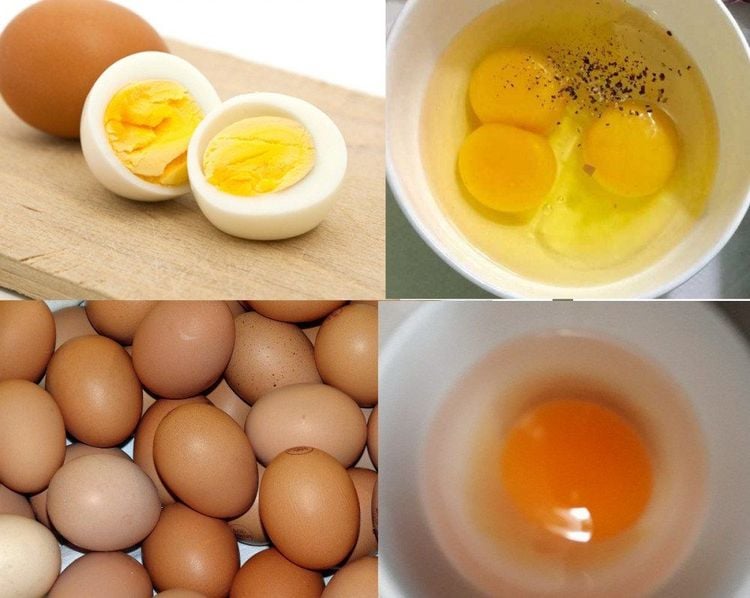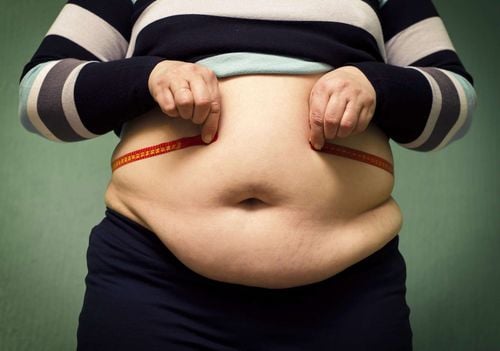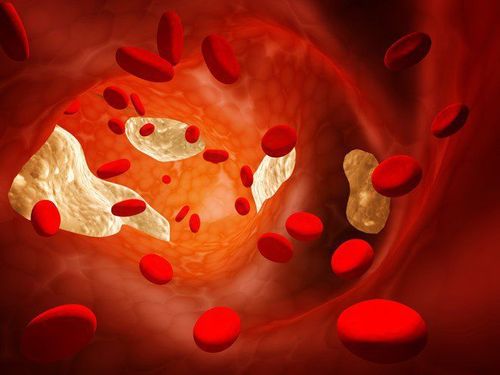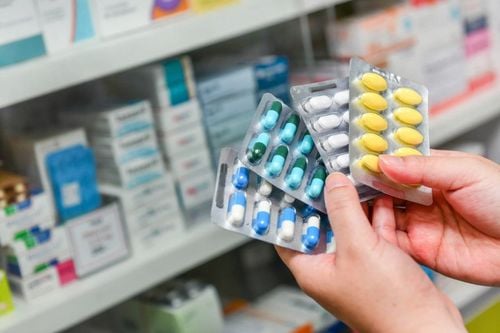This is an automatically translated article.
Protein is necessary for the development of the body as well as maintaining health by providing daily energy. However, the amount of protein tolerated by the body needs to be changed, be it from animals containing all amino acids or all amino acids when combining protein sources from different plants.1. Importance of Protein
Proteins are fundamental structural and functional elements in every cell of the body involved in a wide range of metabolic interactions. All cells and tissues contain protein, so protein is essential for growth and repair and for better daily maintenance of health. Protein provides the body with about 10-15% of dietary energy and is the second most abundant compound in the body, after water. A large proportion of these would be muscle (average 43%) with a significant percentage being skin (15%) and blood (16%).
Protein cung cấp cho cơ thể 10-15% năng lượng khẩu phần và là hợp chất dồi dào thứ hai trong cơ thể
2. Learn about Amino Acids
Proteins are large molecules made up of long chains of amino acids. Amino acids are known to be the building blocks of proteins. The biochemical activity of proteins is characterized by their individual structure, size and shape. These elements are determined by the sequence and characterization of the constituent amino acids.There are about 20 different amino acids commonly found in plant and animal proteins. For adults, the amount of protein needed by the body in about 8 of these must be provided from the diet itself. Therefore, amino acids are often defined as "essential" or "indispensable" amino acids such as:
Leucine Isoleucine Valine Threonine Methionine Phenylalanin Tryptophan Lysine. In children, arginine, histidine, cysteine, glycine, tyrosine, glutamine and proline are also considered essential amino acids, as children cannot make enough to meet their needs. This is called the "conditional" essential. There may also be some disease state in adult life when a particular amino acid becomes conditionally essential.
Other amino acids that are not provided by the diet. This is because the amino group of these amino acids can be switched from one amino acid to another by a process called transfection. In this way, the body can make some amino acids on its own and are often referred to as "non-essential" or "non-essential" amino acids.
3. Protein content needed by the body
The dietary protein reference value is based on an estimate of each person's needs. For adults, the amount of protein needed per day to meet the average is 0.6g protein/kg/day. The Reference Nutrient Intake (RNI) is set at 0.75g protein/kg/day in adults. This equates to about 56g/day and 45g/day for men and women aged 19-50 years, respectively. There are also additional requirements for growth in infants and children, pregnant and lactating women.Any excess protein can be used to provide energy. 1g of protein provides 17kJ (4kcal) but carbohydrates to a lesser extent are fats, making them the main source of energy in the diet.

Đối với người lớn, lượng protein cần mỗi ngày để đáp ứng trung bình là 0,6g protein/kg/ngày
4. The nature of protein in the diet
Most foods contain animal or plant cells, so naturally contain protein. However, food processing can change the amount and relative proportions of some amino acids. For example, the Maillard reaction and related browning that occurs when food is baked will reduce the available lysine.The quality of the protein is also very important and depends on the amino acids present in it. Proteins from animal sources have a higher biological value than proteins from plant sources. This is because the amino acid pattern in animal cells is comparable to that in human cells. Plant foods can have very different amino acid patterns than animal proteins, and in the past this difference has led to the concept of type one and type two proteins, for animal and plant foods, respectively. object. Combinations of plant proteins tend to have complementary effects that increase their overall biological value.
5. Supplemental activity of protein (vegetable protein)
Seeds are a good source of plant-based protein. In most diets, different proteins tend to complement each other according to their amino acid patterns, so when two foods that provide plant protein are eaten in one meal, for example, such as cereals (e.g. bread) and beans (e.g. baked beans), the amino acids of one protein can compensate for the limitations of the other, resulting in a combination of high biological value. than. This is called the complement action of the protein. So if vegetarians and vegans incorporate a variety of plant-based proteins, there's no reason why protein quality can't be as good as in a diet that includes meat, dairy, fish, eggs or other foods. Contains animal protein. Good plant-based sources of protein include nuts, seeds, beans, mycoproteins, and soy products.In the UK, most people's diets are high in protein and provide all the essential amino acids. However, in some countries where protein intake is low, protein supplementation plays an important role in helping individuals meet their nutritional needs. For example, it is a tradition to combine lentils with rice in dishes from the Indian subcontinent.
5.1. Animal protein
Protein from animal sources contains all the essential amino acids needed from the adult diet. Sources include meat, fish, eggs, milk, and cheese. For most of us, choosing less fat from these foods is better because some can be high in saturated fat.5.2. Good source of protein for human health
Adults and children should consume two to three servings of protein per day if plant sources predominate. It is important to ensure that the types of protein consumed vary.Typical protein content found in common foods.
100g lean boneless meat (red meat and poultry) 140g fish 2 medium eggs 3 tablespoons seeds or nuts. The next important thing is to choose low-fat protein foods, such as lean meats or reduced-fat dairy products, as some high-protein foods can also be high in saturated fat. This will help reduce the risk of developing cardiovascular disease.

Bạn cần chọn thực phẩm giàu protein ít chất béo, chẳng hạn như thịt nạc
6. Protein and weight management
Foods high in protein tend to make people feel fuller than foods high in carbohydrates or fats. So, a source of lean protein in meals can help minimize feelings of hunger and reduce overall energy intake.Several studies have shown that high-protein, low-carbohydrate diets can lead to more weight loss than widely recommended low-fat diets. However, no difference was reported when comparisons were made for longer periods of time (e.g. after 12 months). More long-term studies are needed to compare the effects of high-protein, low-carbohydrate diets with low-fat diets and body composition to assess their impact on disease risk, the review said. or nutritional status.
Some high-protein, low-carbohydrate diets are effective for weight loss despite high fat intake from fatty meats and full-fat dairy products. Such a diet often contradicts current healthy eating messages. Regardless of the composition of the diet, weight loss will only occur if there is a shortfall in energy intake from actual amounts through activity produced to achieve a negative energy balance. There are also safety concerns that very high-protein diets are associated with cutting out other food groups, so caution should be exercised in promoting them.
When losing weight, you need to reduce your intake of food, but it is better to maintain eating foods that are low in fat, high in protein. In the context of lower energy intake, this would result in a relatively high proportion of energy coming from dietary protein, but would not represent an increase in absolute protein intake or require a reduction in dietary intakes. other food groups in the diet.
The excess or deficiency of protein both causes certain effects on health. Therefore, once we understand clearly, how much protein the body needs, we should consider and choose an appropriate protein source. If necessary, you can consult a specialist to plan a suitable diet.
Please dial HOTLINE for more information or register for an appointment HERE. Download MyVinmec app to make appointments faster and to manage your bookings easily.
Source: nutrition.org.uk












